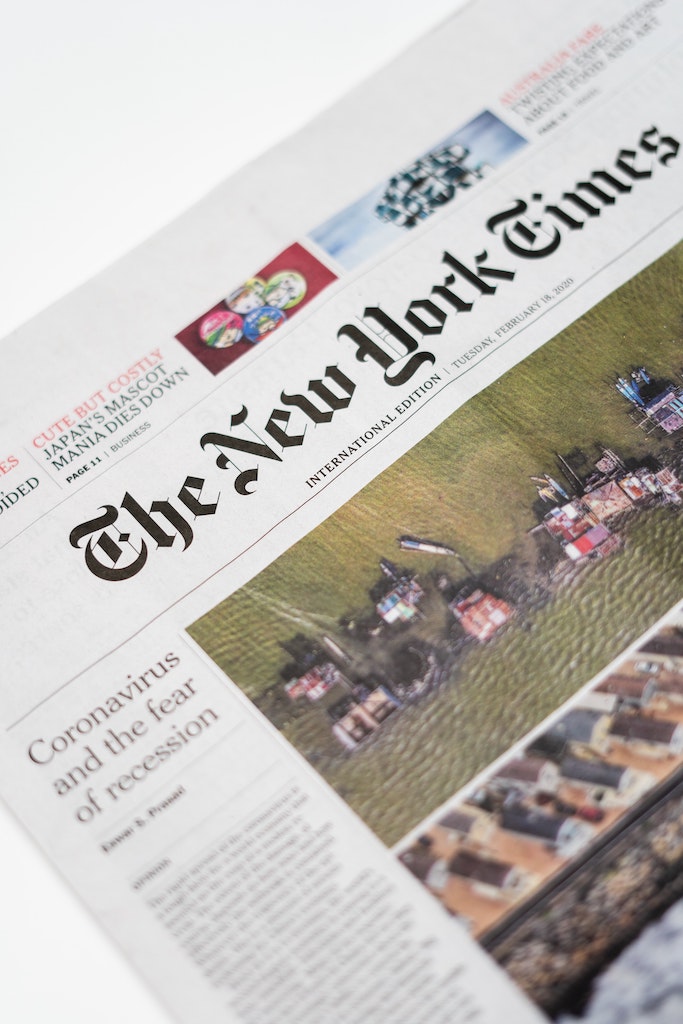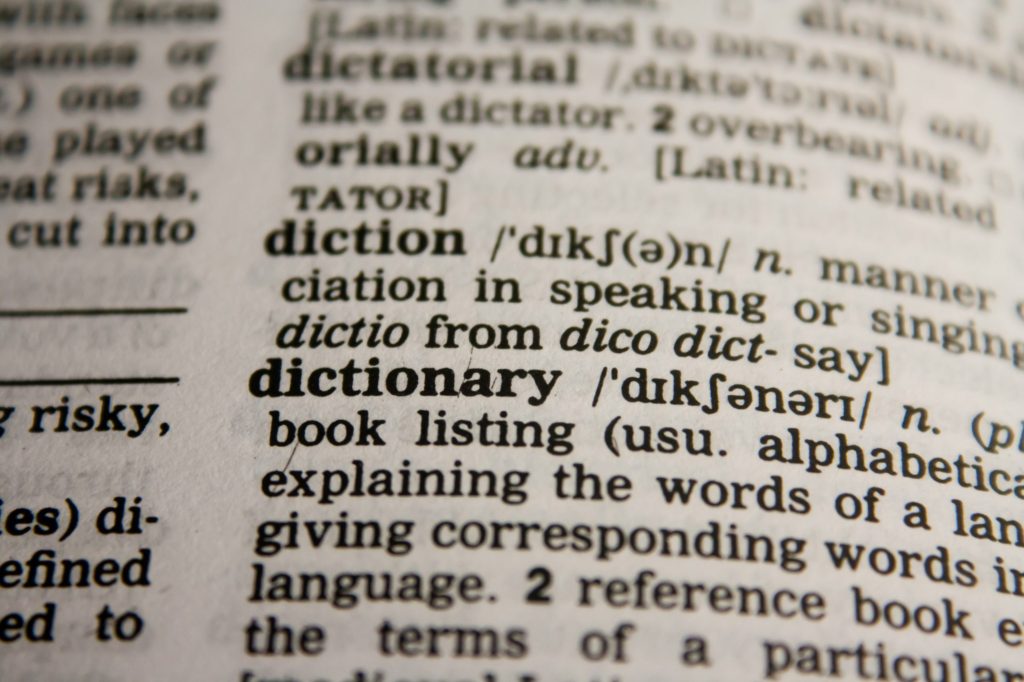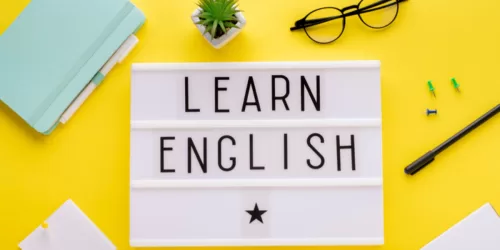How to Study English with The New York Times: Build Your English Brain

How to Study English with The New York Times: Build Your English Brain
- 1 How to Study English with The New York Times: Build Your English Brain
Discover how to study English effectively by reading The New York Times. Learn practical tips on improving reading skills, building vocabulary, and training your “English brain” while enjoying real news and culture.

I could not read it in the beginning too!
Why Reading The New York Times Helps You Learn English
How do you usually study English? Many Japanese learners start with Japanese textbooks, but relying only on them rarely builds an “English brain.”
The fastest way to think in English is to read authentic English content every day. Don’t worry about understanding everything perfectly. Start with small sections, and you’ll naturally improve. That’s why The New York Times is one of the best resources for learners.
Why Choose The New York Times for English Study?
- Trusted source: Unlike much of today’s social media, The New York Times fact-checks its articles, making it reliable.
- Rich vocabulary: Articles expose you to advanced English expressions and current events.
- Global perspective: You’ll learn about politics, economics, culture, and lifestyle directly from an international viewpoint.

It’s similar to Asahi Shimbun in Japan—detailed, thoughtful, and educational.
Common Struggles for Japanese Learners
Many learners feel they must read every word from beginning to end. They stop too often to check vocabulary, losing the overall meaning.
The key: focus on main ideas, not every single word.
For The New York Times, the first two paragraphs usually contain the most important information, and the final paragraph offers a summary.
Tips for Reading The New York Times as an English Learne
1. Don’t Read Everything at Once
Even native speakers don’t read every article in full. Choose just one article that interests you—arts, food, lifestyle, or global news—and focus only on the introduction and conclusion.
2. Limit Vocabulary Lookups
Don’t look up every unknown word. Instead, guess the meaning from context. After finishing, check only five new words per article. Write them in a notebook and review them later.
3. Summarize in Your Own Words
After reading, write a short summary (1–5 sentences) in English or Japanese. This helps confirm what you understood and improves memory retention.
4. Treat English as a Tool, Not a Subject
English is not just something to “study”—it’s a tool to access global information. When you think of it this way, reading becomes part of your daily life rather than a heavy task.
Easy Sections to Start With

- Arts & Culture: Easier vocabulary, fun topics.
- Food & Lifestyle: Practical, everyday words.
- Opinion Columns: Great for learning argument structures.
These sections are more approachable and help you stay motivated.
Practical Study Routine
- Pick one article from nytimes.com
- Read the first 2 paragraphs + last paragraph
- Highlight key sentences
- Note 5 new words
- Summarize in your own words
Repeat daily, and you’ll see progress in both reading speed and vocabulary.
Final Thoughts
Reading The New York Times is one of the best ways to train your English brain. It’s also practical—articles are free for up to 10 per month, or you can subscribe for $17/month.
This method is also used in ESL classes, TOEFL prep, and universities in the U.S. Start today, and make English a natural part of your life.


